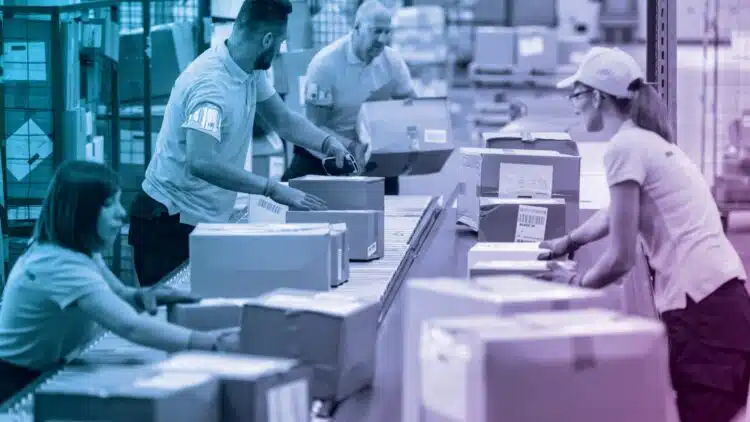Even in the age of digital automation, there seem to be some tasks that shippers and their teams continue to do over and over again. I often talk to shippers that just spent millions of dollars to upgrade or implement their Transportation Management System only to have to put together a large staff of highly trained people to now manage the TMS. It seems that the TMS requires a lot of repetitive and manual actions to make it work is one of the things that a TMS is supposed to eliminate!
How Many People Does It Take to Run a TMS?
The number of people required for a TMS can be surprising. There is the person that has to manually update the fuel surcharge each week to ensure rates are correct. Then, there’s the person that has to resolve any exceptions that occurred during the planning phase. Typically, this means assigning the same carrier to the same types of shipments continually because the TMS glitched during planning. Sometimes, a team of people has to send emails and make phone calls because the primary carrier rejected a load.
Once the TMS makes it through the sequential tendering, it gives up. This forces the team to have to send an email or make a phone call. To save time, the shipper always calls the same carrier because they always have a truck for the given shipment. Finally, there’s the team of people constantly uploading and updating rates in the TMS because they continually find lanes they don’t have a rate for, which prevents them from tendering the freight to a carrier.
Leverage the Software Provider’s Expertise
If you’ve ever had to tender a shipment, then you know that it doesn’t always go perfectly. There should be easier more automated ways to handle
If you are shopping for new software, or a new logistics consultant, there are a few questions you should ask to insure your new provider is a true partner that will help you benefit from the automation the TMS provides.
- First, I would ask what type of internal support is required by the shipper to maintain the system. Does the shipper need to hire a team of 20 people to operate the system and keep it working, or does the system take care of itself?
- Second, I would ask what the upgrade policy is. Does the system auto-update itself or do the updates have to be applied manually? Updates are a crucial part of logistics software because carrier rates and rules are constantly changing. In the ultra-dynamic world of shipping, your TMS should take care of variables for you, not the other way around.
Note: This article was originally published on the DC Velocity Blog Logistics Problem Solving on October 5, 2017.





